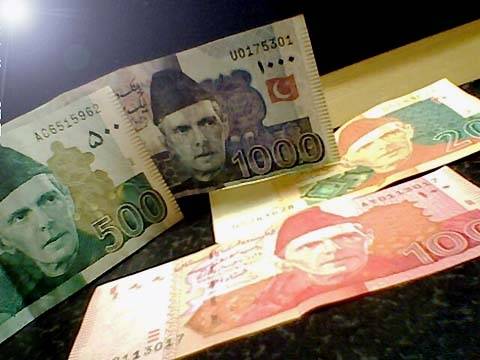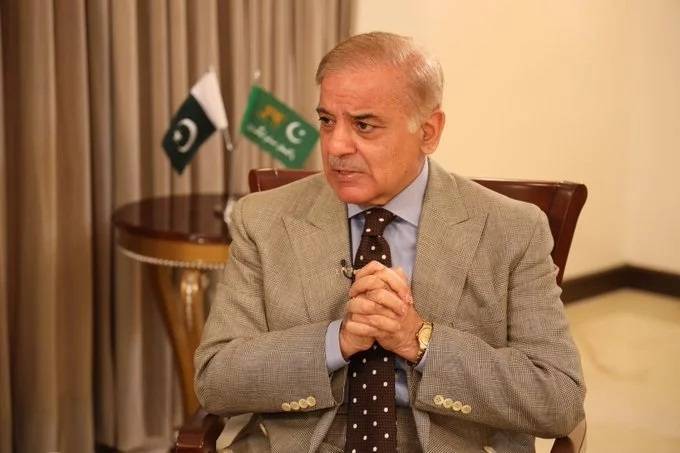The volume of the projected international borrowing has now increased to PKR 5.5 trillion after incorporating funding from aforesaid sources….reports Asian Lite News
Pakistan would borrow Pakistani Rupees (PKR) 5.5 trillion from international lenders in the current fiscal year to maintain their foreign exchange reserves, repay the previous loans and finance of current account deficit.
Earlier, in the annual budget for 2022-23, the Pakistan government had projected that they will borrow only PKR 3.17 trillion from international sources. However, the budget didn’t include the financing from the International Monetary Fund (IMF), Saudi Arabia and SAFE China deposit, Pakistani newspaper The Nation.
The volume of the projected international borrowing has now increased to PKR 5.5 trillion after incorporating funding from aforesaid sources.
This new borrowing will be 74 per cent higher than the previous estimates of the government. After the revision, the external resources of PKR 5.503 trillion projected for 2022-23 are greater by more than 200 per cent than the initial PKR 2.7 trillion budgeted for 2021-22.
The current government is still struggling to arrange dollars and it also needs external financing of USD 41 billion in the next fiscal year, reported The Nation.
The government would have to repay the previous loan of USD 21 billion and the current account deficit has been projected at USD 12 billion and USD 8 billion more for increasing foreign exchange reserves to USD18 billion in the upcoming financial year.
Therefore, the government has planned to borrow massively in the current fiscal year.

However, major financing would require the revival of the IMF programme, which would not only release around two billion dollars for Pakistan but it would also pave the way for getting loans from other multilateral and bilateral sources.
Meanwhile, the business leaders of Pakistan have warned that the country is heading toward social unrest and fear that it is becoming unsafe for foreign investment due to back-to-back government policies that seek to discourage investors, according to Dawn.
“We don’t have continuity of economic policies. There have to be separate teams for economic matters and political issues so that policies remain intact; otherwise, it will keep affecting foreign and local investors,” said the former vice president of the Federation of Pakistan Chambers of Commerce and Industry (FPCCI), Saqib Fayaz Magoon, while reacting to the massive hike in the State Bank of Pakistan’s (SBP) policy rate from 7.5 per cent in September 2021 to 15 per cent in less than 10 months, the Dawn reported.
He explained that industrialists and foreign investors always rely on interest rates and foreign exchange rates before investing.
“If it changes so abruptly and that too quite considerably, then foreign investors will start eluding Pakistan,” the Dawn quoted Magoon as saying.
Secondly, he said, banks in Pakistan were reluctant (due to verbal instructions from the SBP) to make payments to businessmen who got supplies on collection base documents on short-term credit.
“The banks were making payments on LC-based payments alone. Pakistan witnesses around USD 1 billion in payments under credit-based business due to the credibility of Pakistani businessmen and foreign suppliers,” he said.
According to the Dawn, Magoon while expressing concern over the increasing value of the Dollar said that Foreign investors are looking with worry at this depreciation in the Pakistani rupee because they invest in dollars and get a return in local currency, as the exchange rate is likely to appreciate even further after Eidul Azha, he said.
Notably, Inflation in Pakistan increased to 21.32 per cent in the month of June, the highest in over 13 years, as per local media reports. (ANI)

Leave a Reply